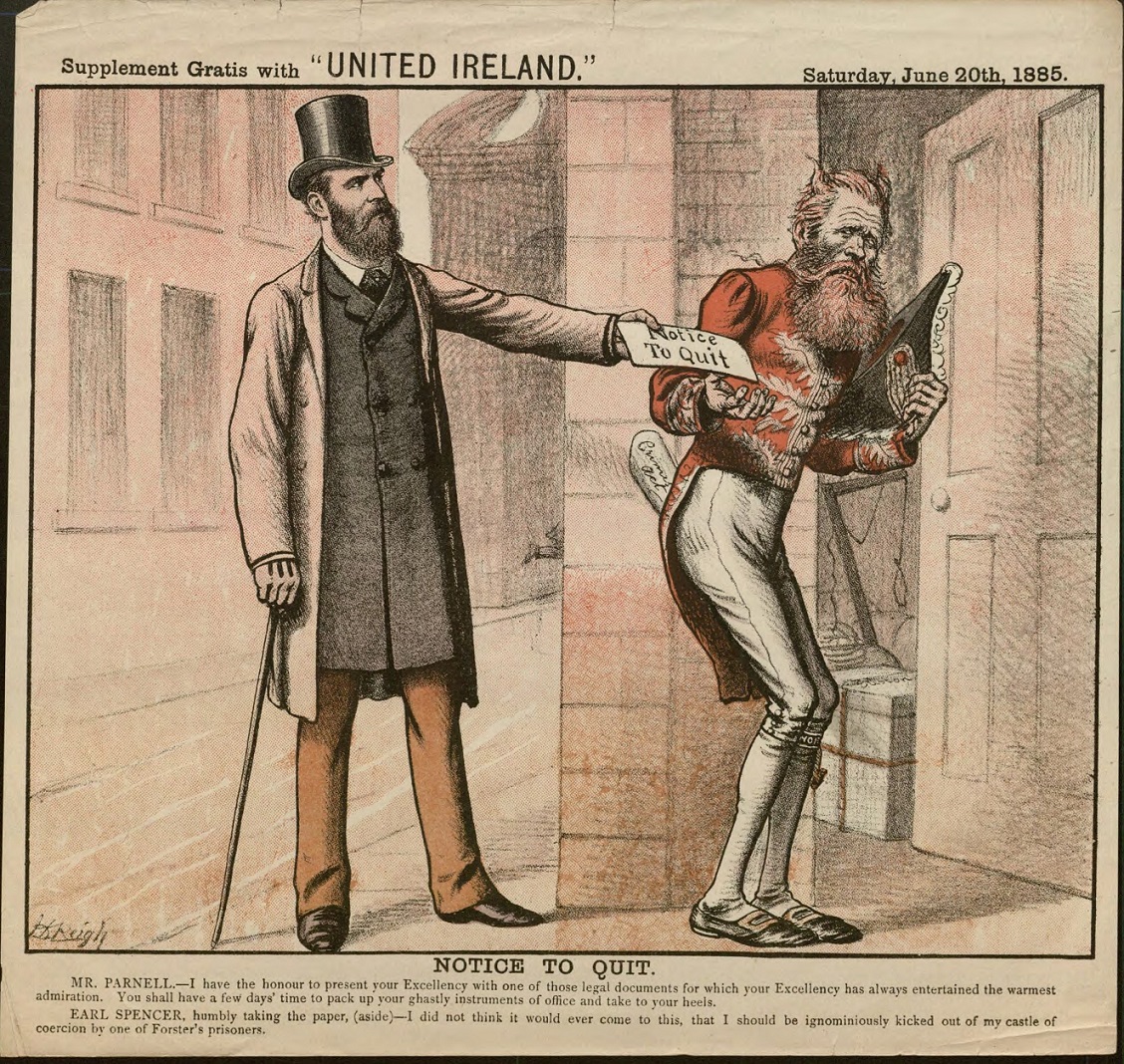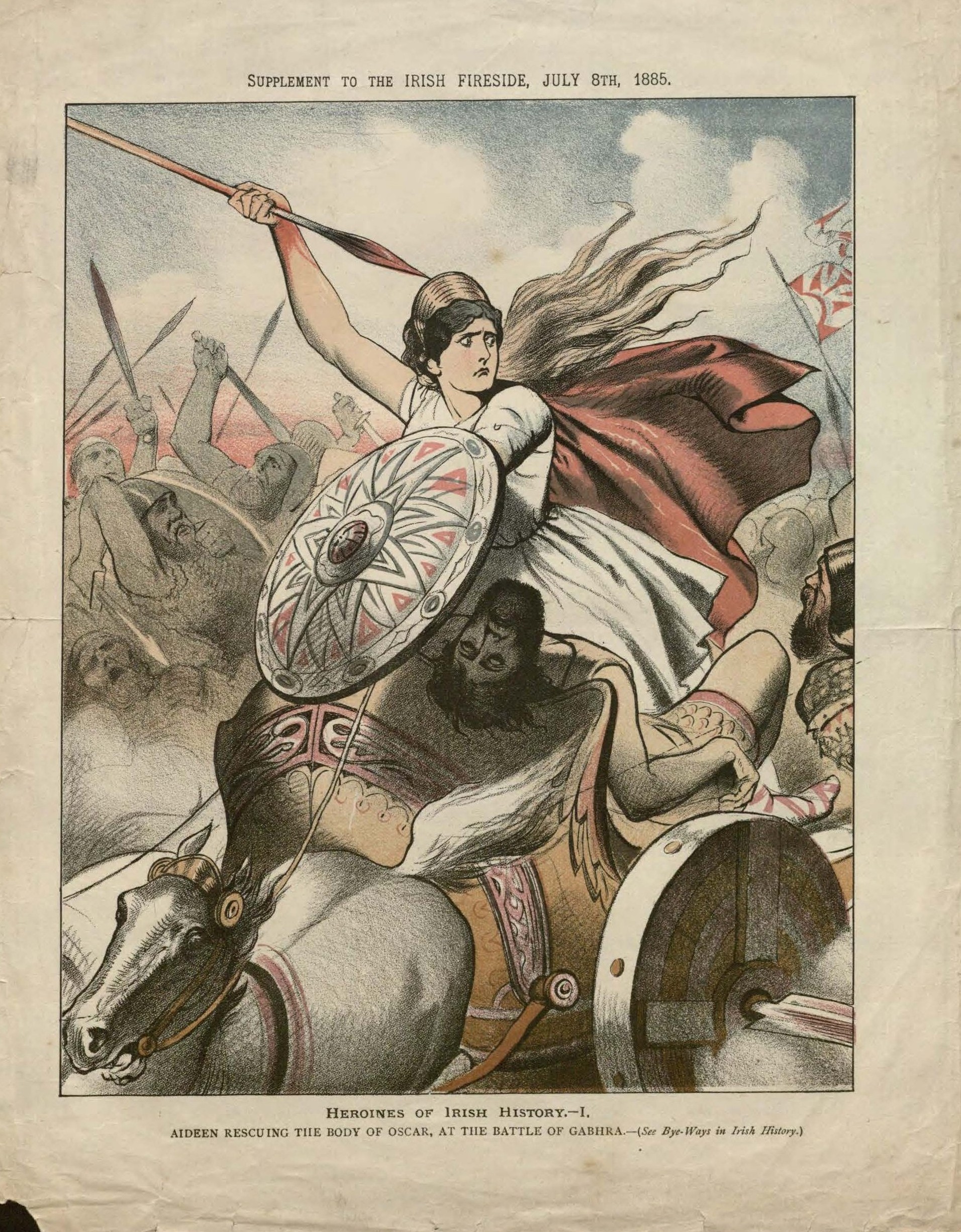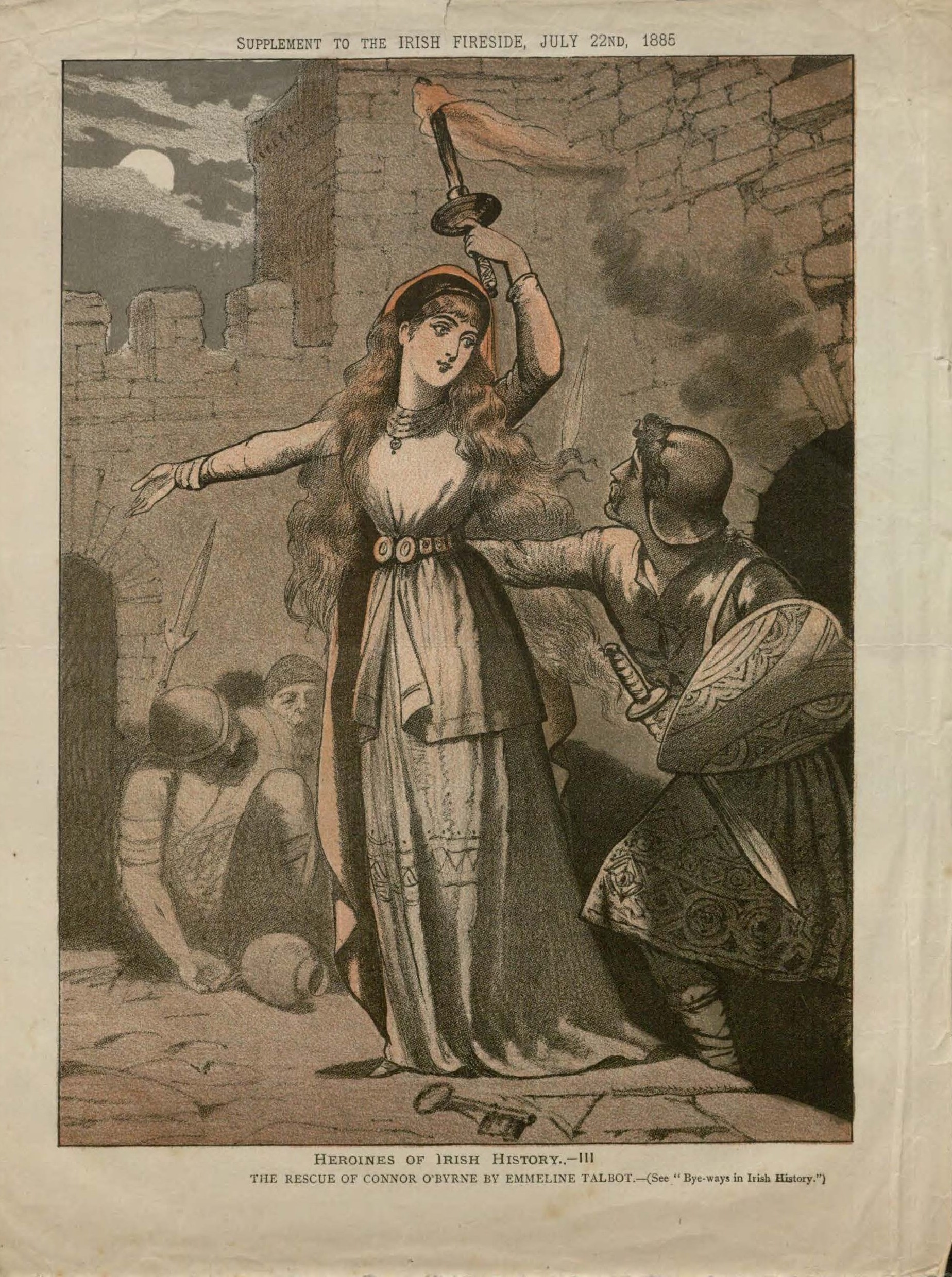Exhibiting Free Speech: The Wilcox Collection at 50
March 16th, 2015This post is written to highlight the current exhibit at Spencer Library: Free Speech in America: The Wilcox Collection at 50. A reception will be held on March 25 at Spencer Library to celebrate the Wilcox Collection.
Fifty years ago Laird Wilcox was a student at the University of Kansas. He had started collecting political literature in his teen years, fueled in this interest by his diverse family leanings and volatile discussions over family meals. He wanted to understand what motivated people to believe the things they did and act on those beliefs.
In 1964 Laird entered and won the Elizabeth Taylor Book Collecting Contest sponsored by the KU Libraries. The Libraries purchased his collection in 1965 (then four filing cabinets of materials). Today the Wilcox Collection of Contemporary Political Movements is one of the largest assemblages of left and right wing U.S. political materials anywhere. There are thousands and thousands of pamphlets, books, newsletters, audio recordings, and political ephemera such as bumper stickers, posters, flyers, organizational membership mailings, and book catalogs, relating to some 10,000 organizations at the fringes of the political spectrum. There is also a growing component of manuscript collections as well, including Laird Wilcox’s personal papers.
The winners of the Taylor Book Collecting Contest, KU Libraries, 1964. Laird Wilcox, far left, and Elizabeth M. Taylor (sponsor of the contest), second from left. University Archives. Call Number: RG 32/40. Click image to enlarge.
Laird Wilcox standing in the Wilcox Collection stacks, Kenneth Spencer Research Library, KU, 1996. University Archives. Call number: RG P/LW. Click image to enlarge.
In 2015 an exhibit was mounted in Spencer Research Library to commemorate the 50th anniversary of the Wilcox Collection. The exhibit includes examples of books, newsletters, and ephemera, and highlights some of the many books that have resulted from research in the collection. Materials from the collection include items from a scrapbook that Laird kept as chair of the Student Union Association Minority Opinions Forum, a FBI wanted poster with photos of Bernadine Dohrn and William Ayers from the ephemera file of the Weather Underground, and examples of Laird’s many publications.
Poster for a documentary film shown at KU in 1964 focusing on the Committee on Un-American Activities (HUAC). From the Laird Wilcox scrapbook. Kansas Collection. Call number: RH WL MS Q5. Click image to enlarge.
FBI wanted poster from the ephemera file of the Weather Underground which operated as an underground urban guerilla force. Kansas Collection. Call number: RH WL EPH 2094. Click image to enlarge.
One of the strongest features of the Wilcox Collection is ephemeral materials, including bumper stickers, buttons, and flyers. Because of their “throw-away” nature ephemera are often overlooked as an information source, but can provide the original message of the creator in a way that is often concise and colorful. On display are materials from the National Youth Alliance, Community Churches of America, the American Education Lobby, the Lesbian/Gay Labor Alliance, the Student Mobilization Committee to End the War in Vietnam, T.R.A.I.N. (To Restore American Independence Now), Phyllis Schlafly’s Eagle Forum, Phoebe Courtney’s Tax Fax, and The Fact Finder published by Harry Everington. There are more than 200,000 pieces of ephemera in the Wilcox Collection.
Representative ephemera from the Wilcox Collection. Kansas Collection. Call number: RH WL EPH. Click image to enlarge.
The Wilcox Collection is a prime example of one of the world-class collections that reside within the Kenneth Spencer Research Library. Researchers from many parts of the globe have traveled to the KU campus to view this collection, an opportunity that is easily available to KU’s students and faculty.
Rebecca Schulte
University Archivist and Curator, Wilcox Collection
Sherry Williams
Curator of Collections and Curator, Kansas Collection
















